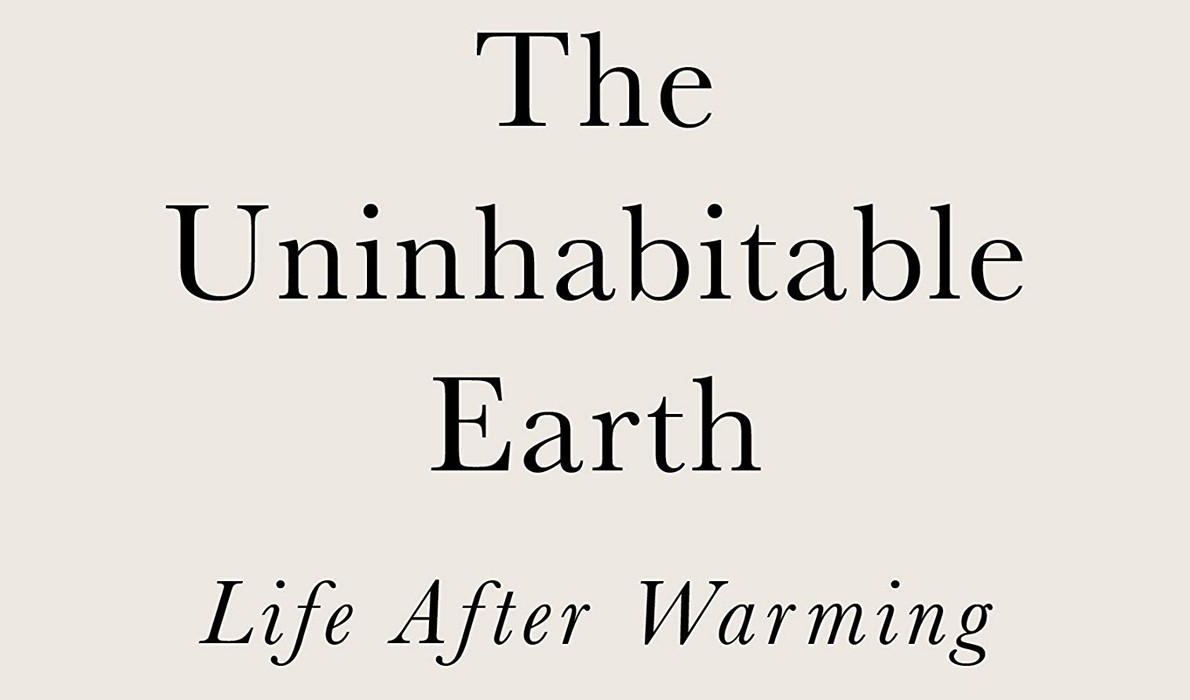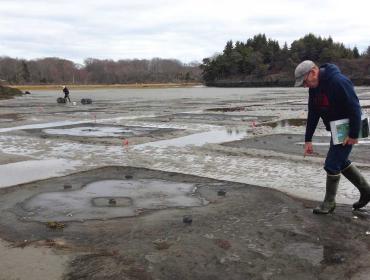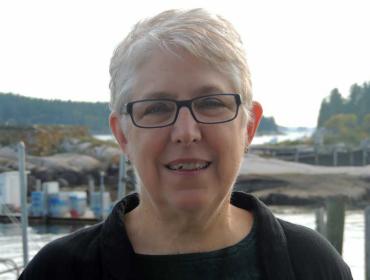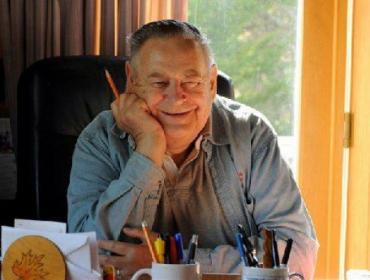Posted August 21, 2019
Last modified August 21, 2019
The Uninhabitable Earth: Life After Warming
David Wallace-Wells; Tim Duggan Books, New York, 2019
Reviewed by Dana Wilde
The question about climate change is not whether it’s happening, but how severe the catastrophe is going to be.
This is the central theme of David Wallace-Wells’ The Uninhabitable Earth: Life After Warming, a synthesis of the journalist’s years of reporting on climate science. He started as a global warming skeptic, and came out the other side as a self-described alarmist.
Why, he wonders up front, does most climate change reporting treat low-end estimates of climate change trends and forecasts, instead of high-end estimates?
“Considering,” he says, that “the optimists have never, in the half century of climate anxiety we’ve already endured, been right.” So on the entirely reasonable assumption that dismissing worst-case possibilities “distorts our sense of likelier outcomes,” he proceeds to describe the scientific findings behind all possible scenarios in the opening fact-flooded chapters of his book.
Reading the book’s first sections is like being caught in a carpet-bombing. Drawing on his years of research, he offers fact after dismaying fact, like these:
- By the year 2100, the Earth’s sea level is almost guaranteed to rise by at least 4 feet, maybe up to 8 feet.
- “At present, more than a fourth of the carbon emitted by humans is sucked up by the oceans, which also, in the last 50 years, have absorbed 90 percent of global warming’s excess heat. Half of that heat has been absorbed since 1997, and today’s seas carry at least 15 percent more heat energy than they did in the year 2000.” Warming water expands.
- Flooding in coastal cities worldwide already has quadrupled since 1980.
- A study tracing human impacts on marine life found only 13 percent of the world’s oceans undamaged.
- In the past 50 years, the amount of ocean water with no oxygen at all has quadrupled, mainly due to warming water and pollution.
- Fish populations off Australia have declined by as much as 32 percent in the past 10 years.
- Since 1980, there’s been a 50-fold increase in dangerous heat waves worldwide.
- If carbon emissions stopped increasing today, Earth’s overall temperature rise would exceed 1.5 degrees Celsius by 2040. Best-case scenarios for temperature rise by 2100 are about 2 to 2.5 degrees. But more likely, if the Paris Accord goals were met, the rise would be about 3.2 degrees. Expectations for meeting the Paris Accord goals are at present pessimistic. A rise of 4 degrees (which the Intergovernmental Panel on Climate Change predicts if we continue as we are) could reduce crop yields worldwide by half. At 5 degrees, whole regions would become uninhabitable for humans. A rise of 6 degrees would render New York City hotter than present-day Bahrain. A rise of 5 or 6 degrees by 2100 is unlikely—but possible.
The worst disruptions to weather, institutions, and peoples will come in the 2100s and 2200s, Wallace-Wells points out, while most reporting covers only this century. The 2100s, he says, will almost certainly be a “century of hell,” even in the best-case scenarios. The worse, and more likely scenarios are harrowing to contemplate.
Later chapters look insightfully and cleverly at how food and water shortages, flooded cities, infrastructure breakdowns, mass migrations, political and economic instabilities (already being seen in, for example, Syria’s drought) could play out.
It’s as if, he says, we have locked ourselves into “a running car in a sealed garage.”
We only have about 20 years to make changes that might mitigate the coming catastrophe. The most important question of our time, probably of human history, is: What are we going to do about it?
Dana Wilde, a former editor, college professor and literary scholar, lives in Troy and writes the Backyard Naturalist column for the centralmaine.com newspapers. He is a member of the National Book Critics Circle.
Contributed by




